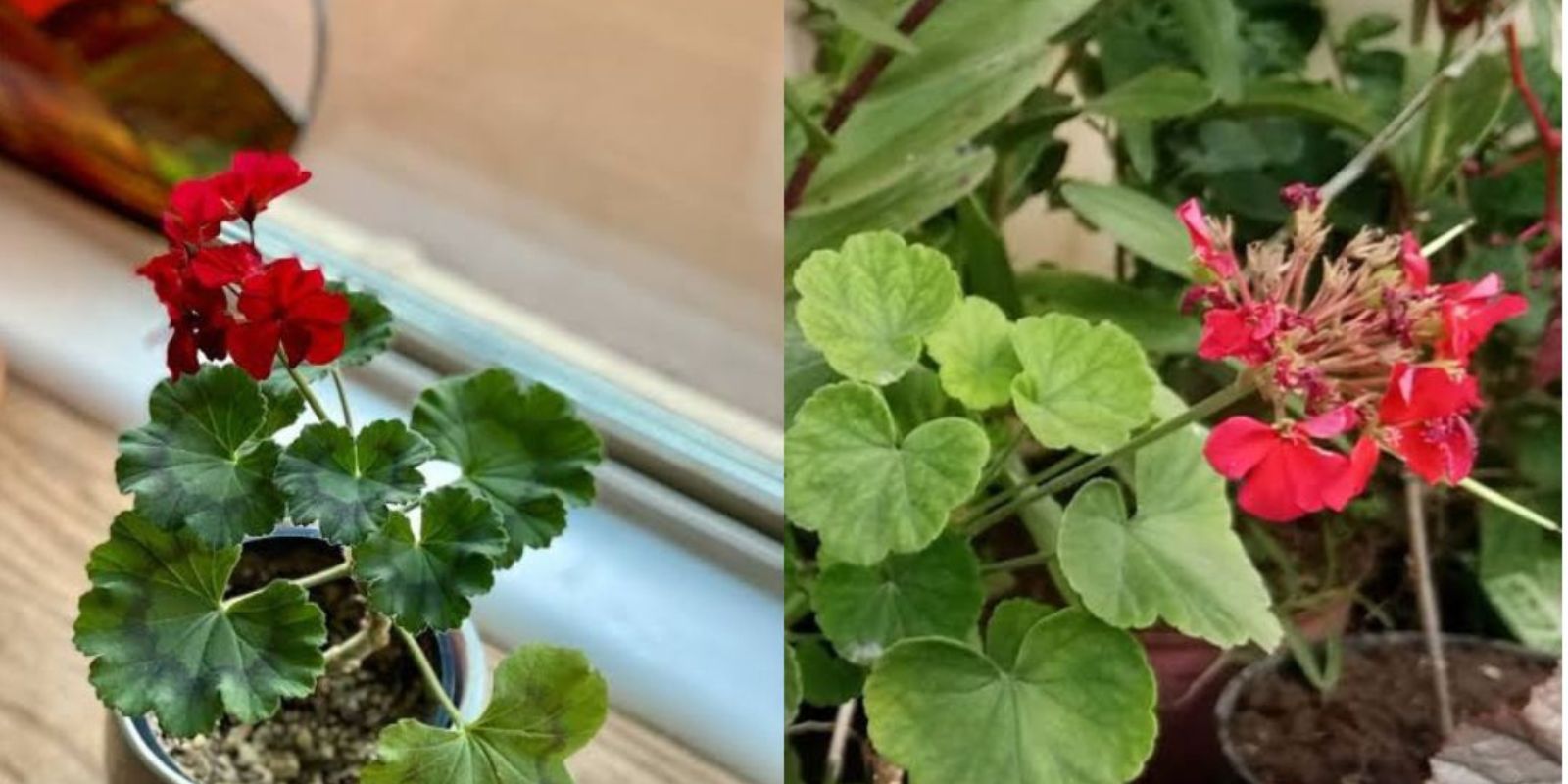Geraniums are a beloved choice for gardeners worldwide due to their vibrant flowers, hardy nature, and versatility in garden beds, containers, and hanging baskets. However, like all plants, geraniums need proper care to thrive, especially when it comes to fertilization. With the right nutrients and techniques, you can ensure your geraniums produce stunning, long-lasting blooms throughout the growing season. This comprehensive guide will help you understand how to fertilize geraniums effectively and keep them flowering big and bright.
The Importance of Fertilizing Geraniums
Geraniums are heavy feeders, meaning they require a steady supply of nutrients to support their growth and prolific flowering. While they can survive in nutrient-poor soil, their performance will suffer without proper fertilization. A good fertilization routine ensures:
- Healthy, lush foliage for photosynthesis.
- Continuous blooming, as flowers need a lot of energy to form and sustain.
- Stronger roots, enabling the plant to absorb water and nutrients more efficiently.
Choosing the Right Fertilizer for Geraniums
The first step in fertilizing geraniums is selecting the right fertilizer. Geraniums thrive on a balanced diet of nitrogen (N), phosphorus (P), and potassium (K), often displayed as NPK ratios on fertilizer packaging.
- Balanced Fertilizers (e.g., 10-10-10 or 20-20-20)
- These fertilizers provide an even distribution of nutrients, supporting overall plant health and flower production.
- Phosphorus-Rich Fertilizers (e.g., 15-30-15)
- If your goal is more flowers, choose a fertilizer with a higher phosphorus content. Phosphorus directly supports bud and bloom development.
- Organic Options
- Compost tea, fish emulsion, and liquid seaweed are excellent eco-friendly alternatives. They enrich the soil naturally and provide slow-release nutrients for steady growth.
When and How Often to Fertilize Geraniums
Timing and consistency are crucial when fertilizing geraniums. Overfeeding can lead to excess foliage at the expense of flowers, while underfeeding can result in pale leaves and fewer blooms.
- Active Growing Season (Spring to Early Fall)
- Fertilize every 2–4 weeks during this period when geraniums are actively growing and blooming.
- Dormant Season (Winter)
- Geraniums in cooler climates may go dormant during winter. Reduce or stop fertilizing during this time, as the plants require minimal nutrients.
- Container vs. Garden Bed Geraniums
- Container-grown geraniums need more frequent fertilizing since waterings can flush nutrients out of the soil. In contrast, garden-bed geraniums can rely on naturally enriched soil for longer.
How to Fertilize Geraniums Properly
Proper application of fertilizer is as important as the type you choose. Follow these steps to ensure effective feeding:
- Water Before Fertilizing
- Always water your geraniums before applying fertilizer to prevent root burn. Fertilizer can be too concentrated for dry roots.
- Dilute Fertilizer
- Mix water-soluble fertilizers at half the recommended strength. Geraniums prefer lighter, more frequent feedings over a single heavy dose.
- Apply Evenly
- For garden beds, spread granular fertilizers around the base of the plants and lightly mix them into the soil. For potted plants, pour diluted liquid fertilizer directly into the soil around the roots.
- Avoid Foliage Contact
- Try not to let fertilizer touch the leaves or stems, as this can cause burn marks or damage.
Organic Fertilization for Geraniums
For gardeners seeking sustainable and eco-friendly methods, organic fertilizers are an excellent choice. They improve soil quality over time and are less likely to harm the environment.
- Compost Tea
- Brew a nutrient-rich compost tea and water your geraniums with it every 2–3 weeks.
- Fish Emulsion
- Dilute fish emulsion as per the instructions and apply it to your plants. It is an excellent source of nitrogen and other micronutrients.
- Liquid Seaweed
- This natural fertilizer promotes overall plant health and improves resilience against pests and diseases.
Additional Tips for Boosting Geranium Blooms
Fertilization is only part of the equation for big, beautiful blooms. Combine proper feeding with these tips for the best results:
- Deadheading Spent Blooms
- Regularly remove faded flowers to encourage new blooms and prevent energy waste.
- Pruning for Shape
- Trim excess foliage and leggy stems to maintain a compact, bushy shape.
- Provide Adequate Sunlight
- Geraniums love sunlight! Ensure they receive at least 6–8 hours of direct sunlight daily.
- Well-Draining Soil
- Ensure your soil is well-draining to prevent root rot and nutrient blockages. Add sand or perlite to improve drainage if necessary.
Common Fertilization Mistakes to Avoid
- Over-Fertilizing
- Too much fertilizer can lead to excessive foliage growth and fewer flowers. Stick to a consistent schedule with diluted feedings.
- Using High-Nitrogen Fertilizers Exclusively
- While nitrogen promotes leaf growth, too much of it can reduce flowering. Balance is key.
- Skipping Watering
- Never fertilize dry plants, as this can stress the roots and lead to nutrient burn.
- Ignoring Soil Quality
- Fertilizer works best in healthy, well-aerated soil. Enrich your soil with organic matter for optimal results.
Care After Fertilization
Once you’ve fertilized your geraniums, monitor their growth and adjust your care routine as needed. Look for these signs to ensure your plants are thriving:
- Healthy Leaves
- Deep green leaves indicate proper nutrient levels. Pale or yellow leaves may signal a deficiency.
- Abundant Blooms
- A well-fed geranium will produce continuous, vibrant flowers.
- Pest and Disease Resistance
- Healthy geraniums are more resilient against common pests like aphids and diseases like powdery mildew.
Conclusion: Enjoy Big, Beautiful Geranium Blooms
By understanding how to fertilize geraniums correctly, you can enjoy lush, vibrant flowers all season long. With the right nutrients, proper application, and complementary care practices, your geraniums will reward you with a stunning display of color and beauty.
💬 What’s your secret to growing stunning geraniums? Share your tips in the comments and join the conversation!

